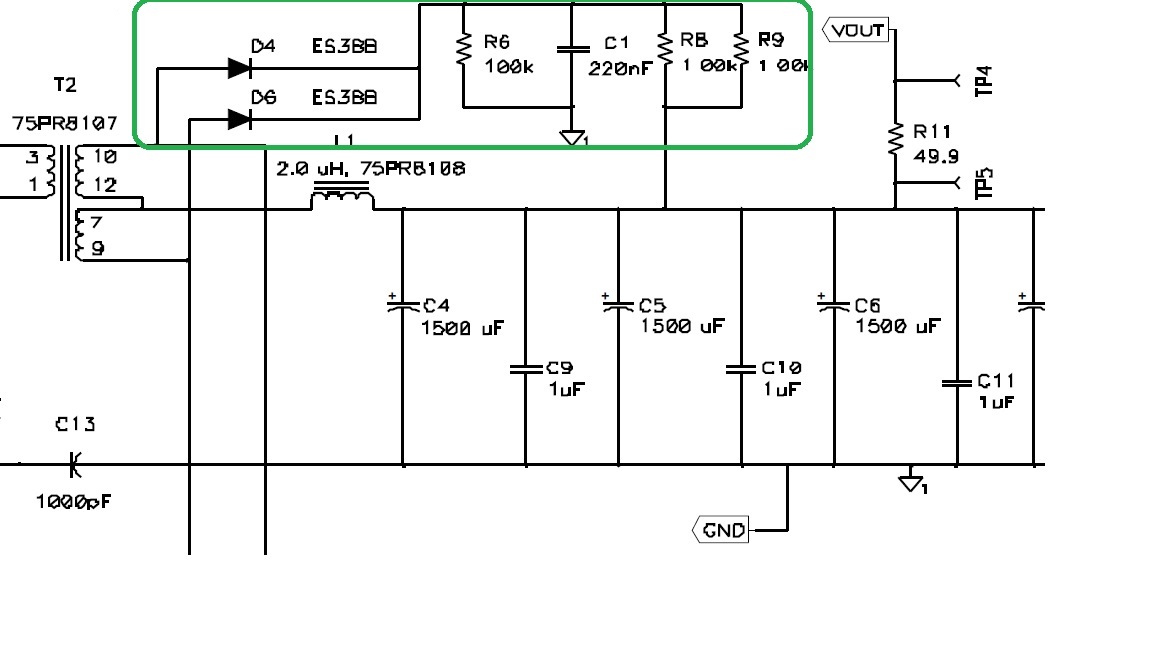Other Parts Discussed in Thread: UCC28950EVM-442
Hi,
We’d like to design a DC / DC converter using the UCC28951-Q1.
The specifications of output voltage is 380V and the specification of output power is 3.5KW.
We’d like to expand the output power by applying two transformers.
Which is the best way for us among the below following methods?
We cannot understand the below circuits in UCC28950EVM-442.
Please explain the operation theory for the circuit in the green box.
Do we have to apply this circuit to our application?
Thanks


